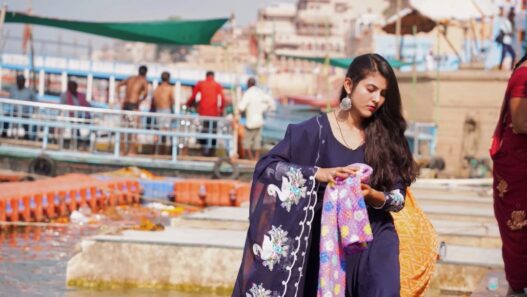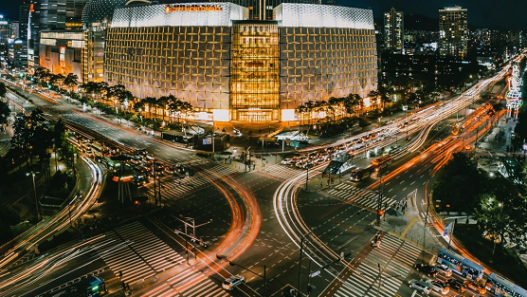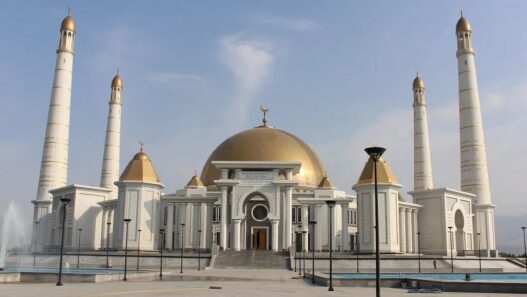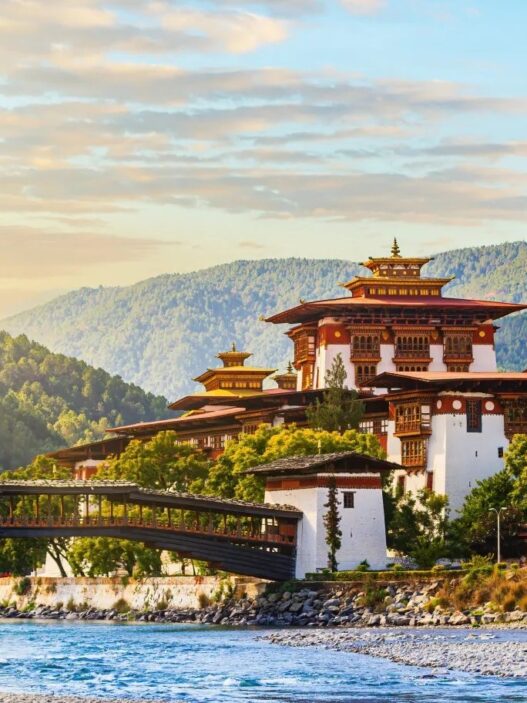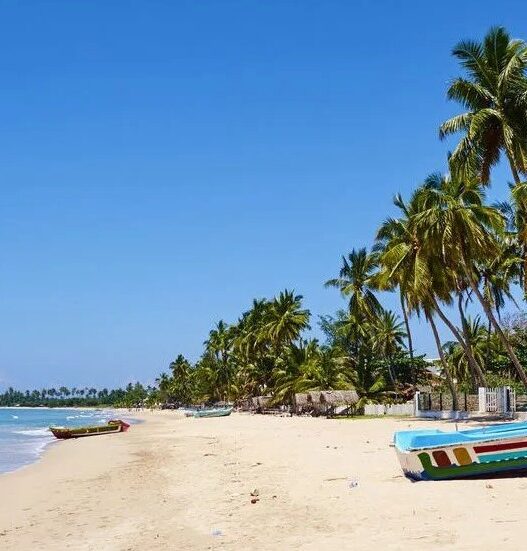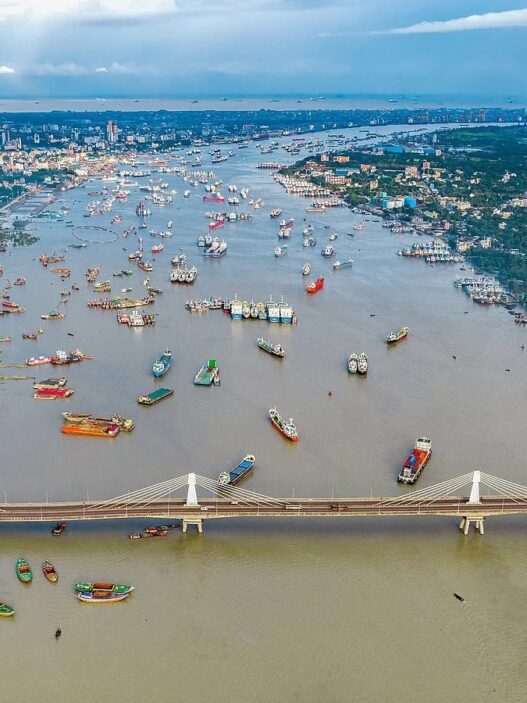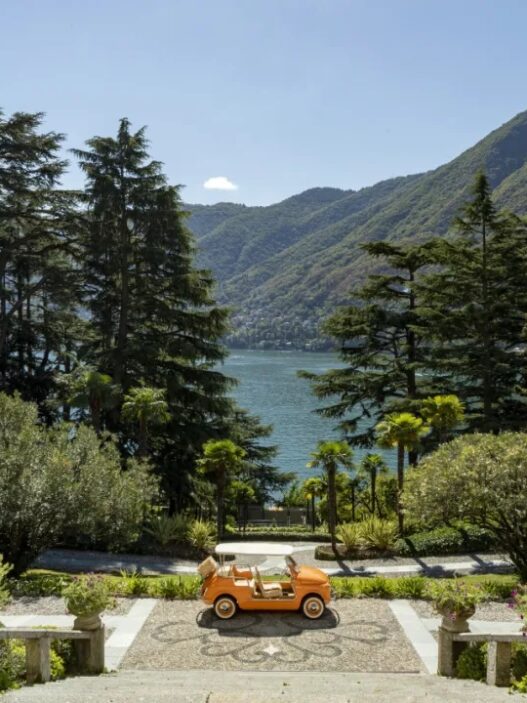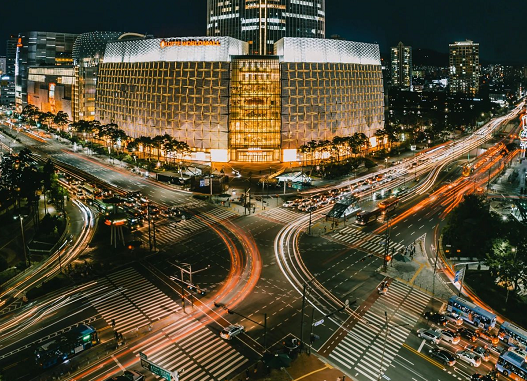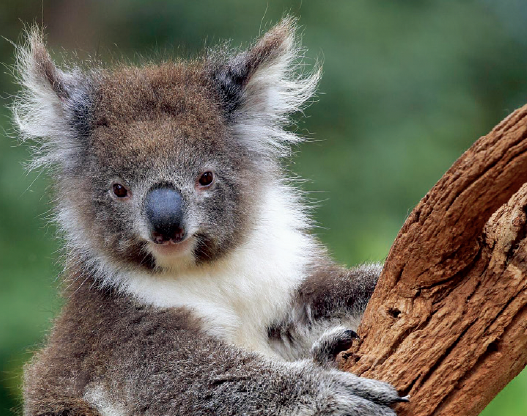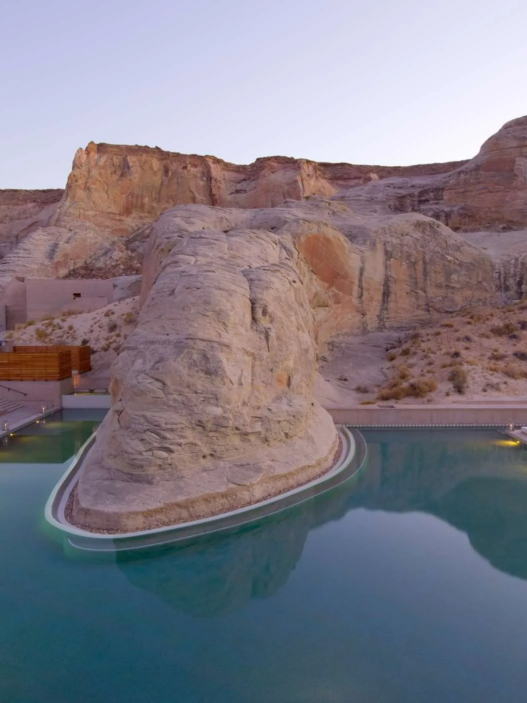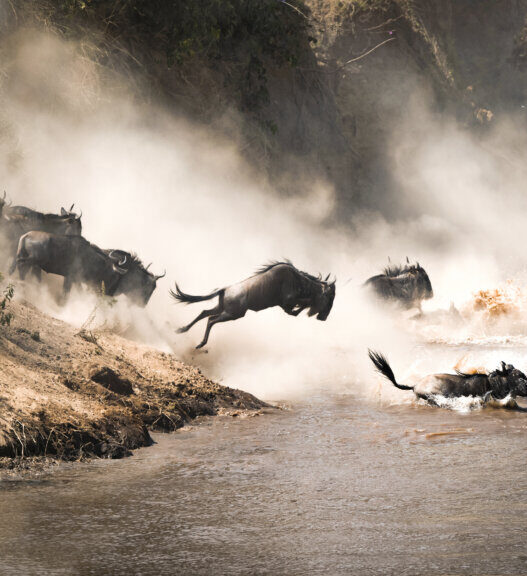To understand a city, one often begins with its architecture. The capital of Turkmenistan, Ashgabat, holds the world record for the most white marble buildings. Designed by French architects, these structures are pure and elegant, leaving a lasting impression.
Must-Visit Attractions
Arch of Neutrality
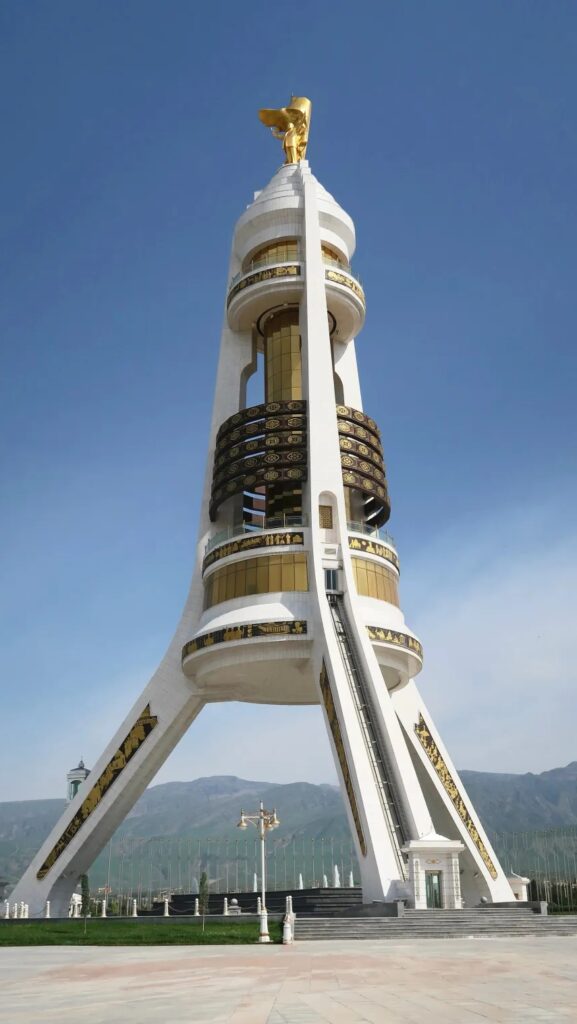
Located in Neutrality Square in the center of Ashgabat, this towering structure symbolizes Turkmenistan’s status as a neutral sovereign nation. Standing 75 meters tall, the monument has an elevator that takes visitors to the observation deck and café, offering a panoramic view of Ashgabat.
Earthquake Monument
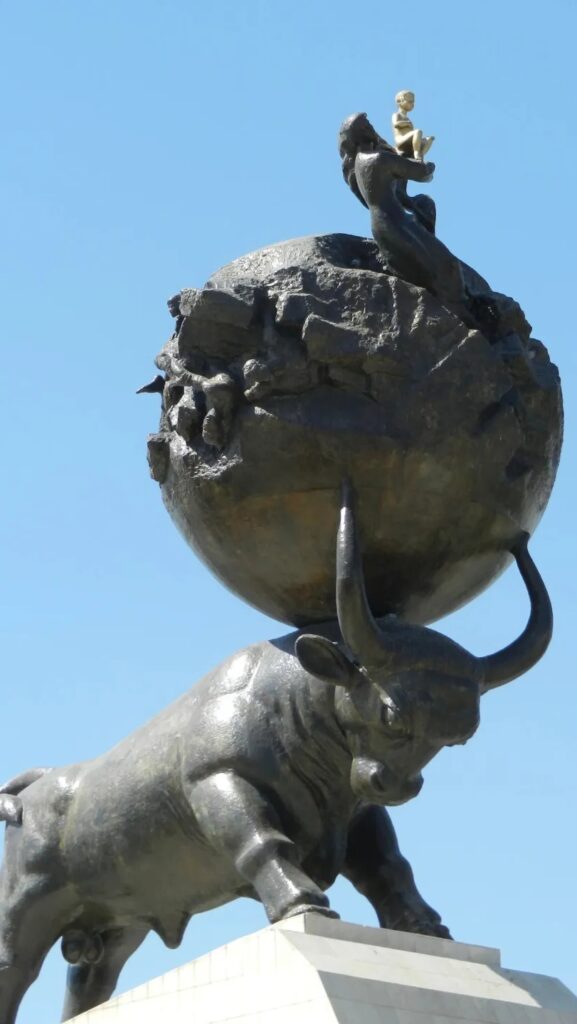
Also located in Neutrality Square, near the Arch of Neutrality and the Presidential Palace, this monument commemorates the 1948 Ashgabat earthquake. The upper portion features a 15-meter-long bronze bull holding a cracked globe, symbolizing the Earth. It displays images of Ashgabat before, after, and during its recovery from the earthquake.
Independence Monument
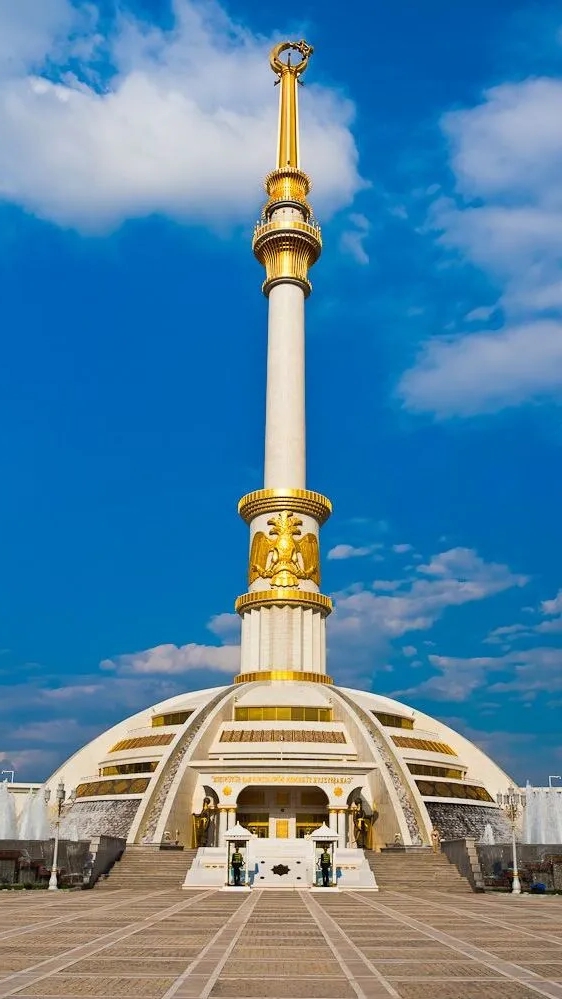
Nicknamed “The Eight-Legged Monument,” it is located in southeastern Ashgabat along Turkmenbashi Boulevard. The column, standing 91 meters tall, signifies Turkmenistan’s independence in 1991. Surrounding the column are statues of Turkmen historical figures, with a bronze statue of the first president, Niyazov, at the west entrance.
Kipchak Mosque
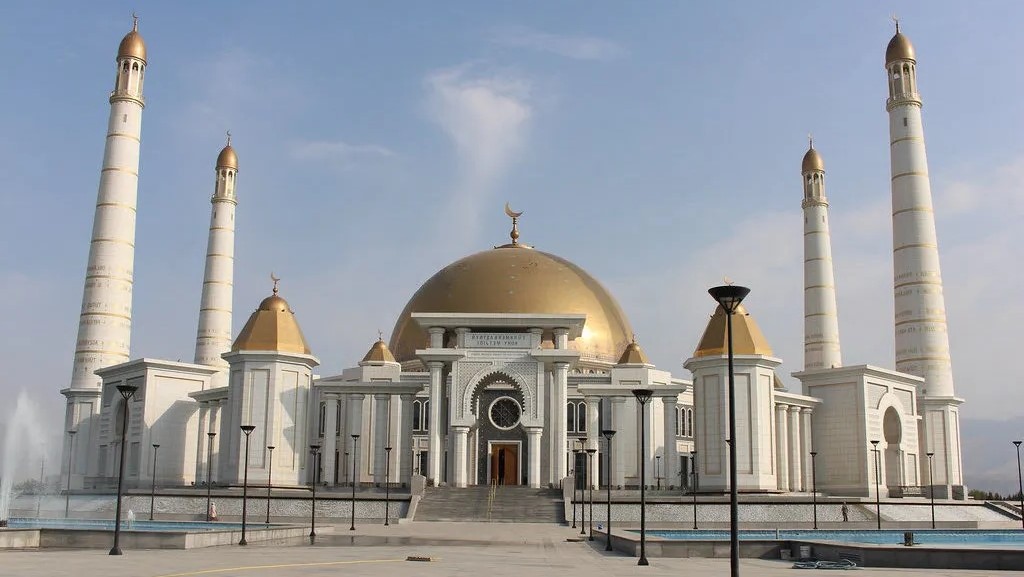
Situated in the town of Kipchak on the outskirts of Ashgabat, it is the largest mosque in Central Asia, accommodating up to 10,000 worshippers at once. The mosque boasts a dome with a diameter of 50 meters and a height of 55 meters. Four minarets, each 91 meters tall, symbolize Turkmenistan’s independence in 1991.
Ashgabat Ferris Wheel
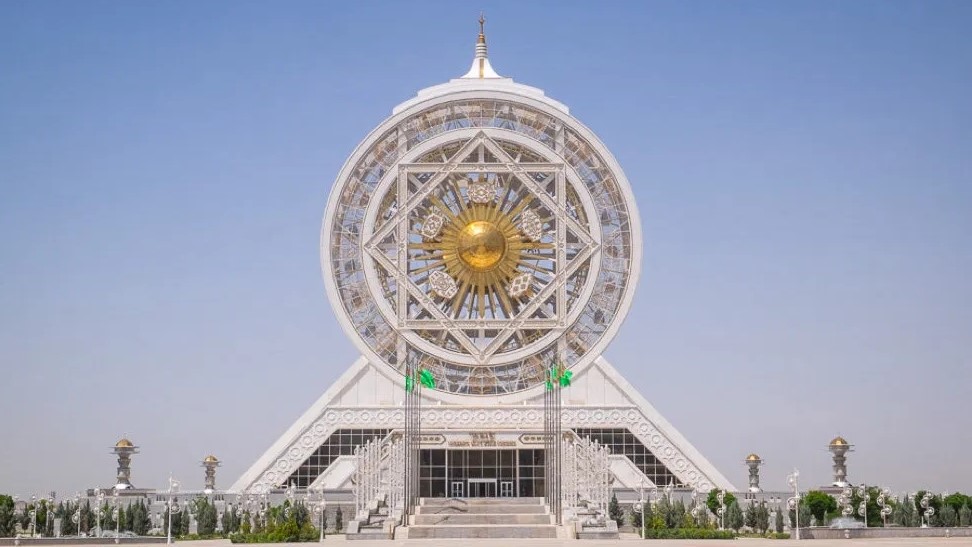
Located at the Alem Entertainment Center, the city’s white marble architecture has earned Ashgabat the nickname “City of White Marble.” In 2012, the world’s largest enclosed Ferris wheel, costing $90 million, was recognized by the Guinness World Records. It remains the world’s largest indoor Ferris wheel.
Turkmenistan National Museum
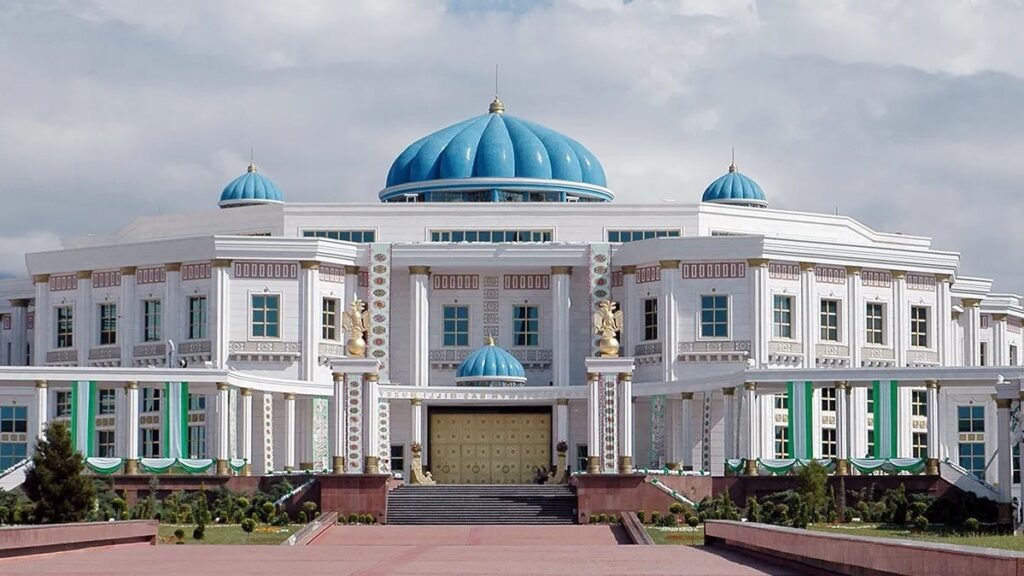
Situated on the southern edge of Ashgabat, this grand museum covers 22,500 square meters, with 16,000 square meters dedicated to exhibitions. The main building houses conference rooms, exhibition halls, offices, storage, restoration departments, and a café. Outdoor semi-circular theaters complement the structure. The museum showcases 20,000 artifacts across various themed halls, including history, nature, and folklore.
Ruhyyet Palace (Conference and Art Palace)
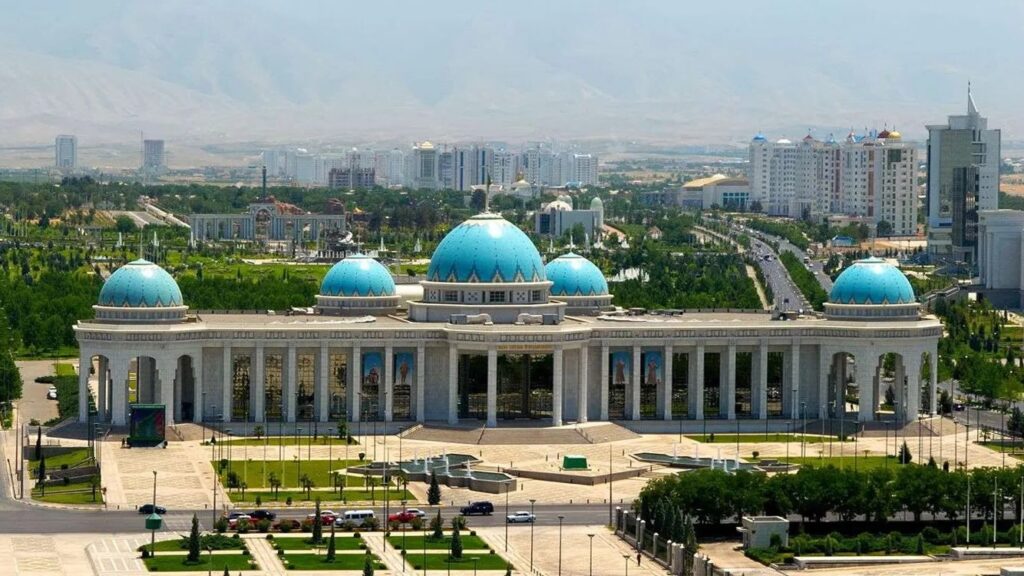
Located opposite the Presidential Palace, this landmark is a symbol of Ashgabat. The marble structure with a sky-blue dome integrates seamlessly with the cityscape. Its conference hall seats 2,800 people and can also function as an opera house, theater, or cinema.
Carpet Museum
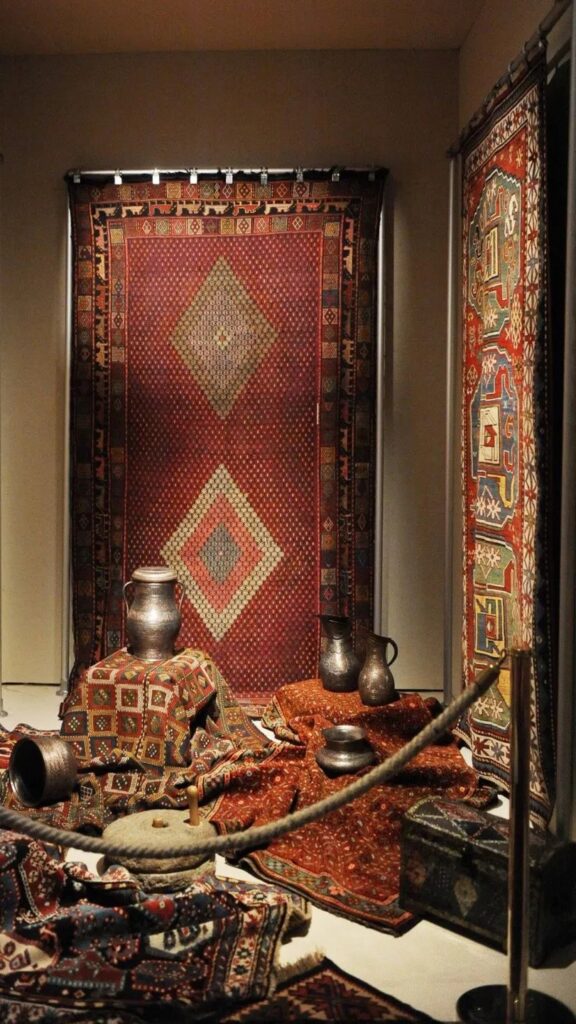
Situated in central Ashgabat, the museum was established on March 20, 1993, by presidential decree. Covering 1,178 square meters, it displays over 1,000 carpets and tapestries from various periods. Highlights include Turkmenistan’s largest carpet, covering 294 square meters (14×21 meters) and weighing one ton, as well as another giant carpet of 189 square meters (18×10.5 meters). Turkmen carpets are even featured on the national flag and emblem.
Darvaza Gas Crater (Gates of Hell)
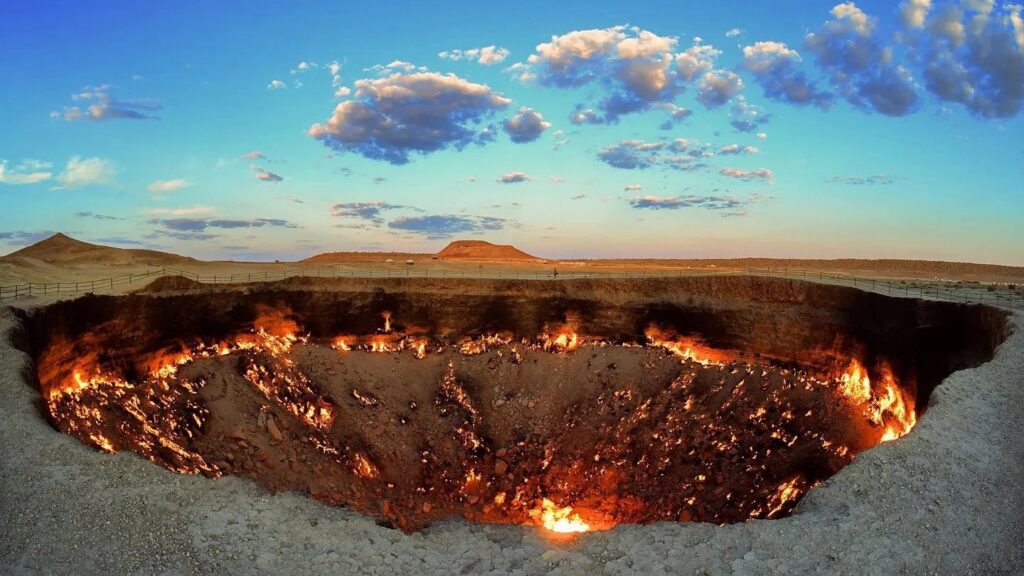
Located in Darvaza, Turkmenistan, this underground gas crater was discovered in the 1970s by a research team. To prevent toxic gas from spreading, the team set it on fire, and it has been burning ever since, for over 40 years. Due to its fiery depths, locals call it the “Gates of Hell,” making it one of the world’s top 10 most spectacular geological wonders.
Ancient City of Merv
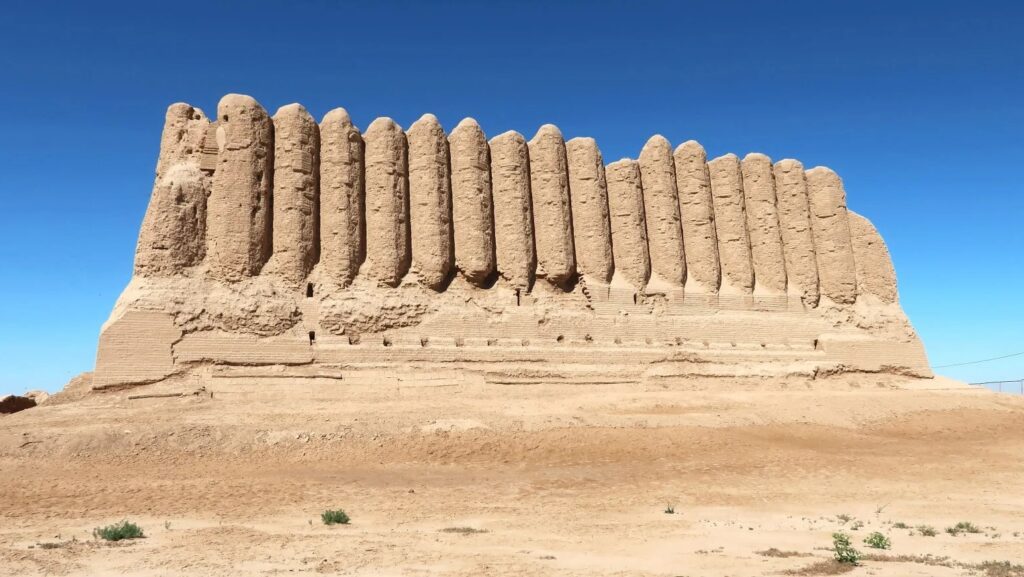
Situated 40 kilometers east of Mary, Merv is a UNESCO World Heritage Site. Strolling through the ruins feels like traveling back to the bustling Silk Road era. Highlights include the Mausoleum of Sultan Sanjar and the Eshab Brothers’ Tomb, perfect for photo enthusiasts.
Balkan Mountains
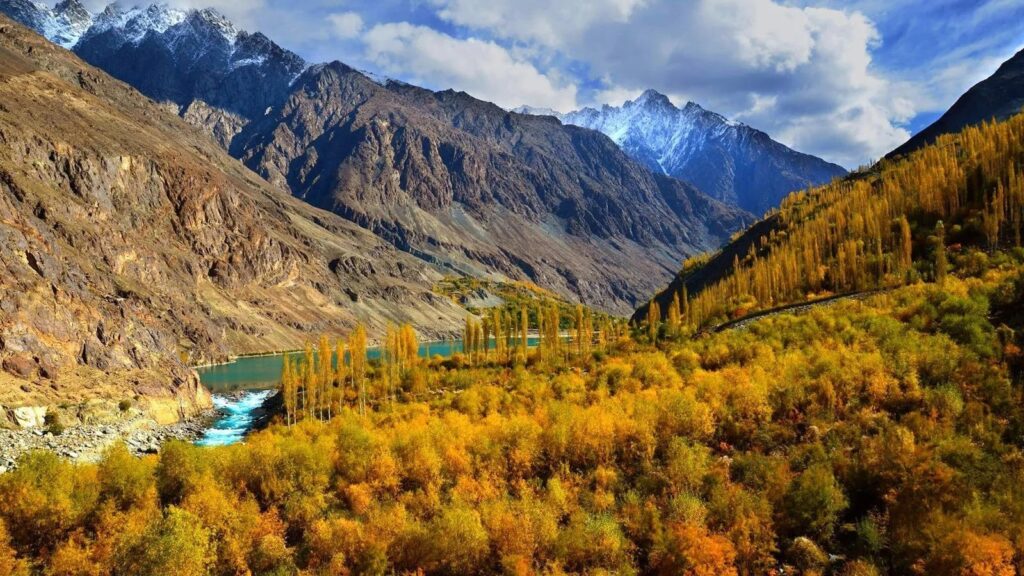
Located on the border of Uzbekistan and Turkmenistan, this site is a significant cultural heritage landmark. The picturesque mountains are home to ancient temples and tombs that tell Turkmenistan’s history. Hiking through the Balkan Mountains allows visitors to experience natural beauty while exploring these historical relics.
Akhal-Teke Horse Farm

Located southwest of Ashgabat, this farm was established in 1922 as the Caspian Horse Breeding Stable and renamed the Niyazov Presidential Horse Farm in 1992. The Akhal-Teke horse, also known as the “Heavenly Horse” or “Sweat-Blooded Horse,” is renowned for its endurance and speed. Historical records suggest these horses are the origin of the legendary “Blood-Sweating Horse.” Today, only about 3,000 Akhal-Teke horses remain, making them a national treasure featured on Turkmenistan’s coat of arms.
Must-Try Cuisine
Lagman
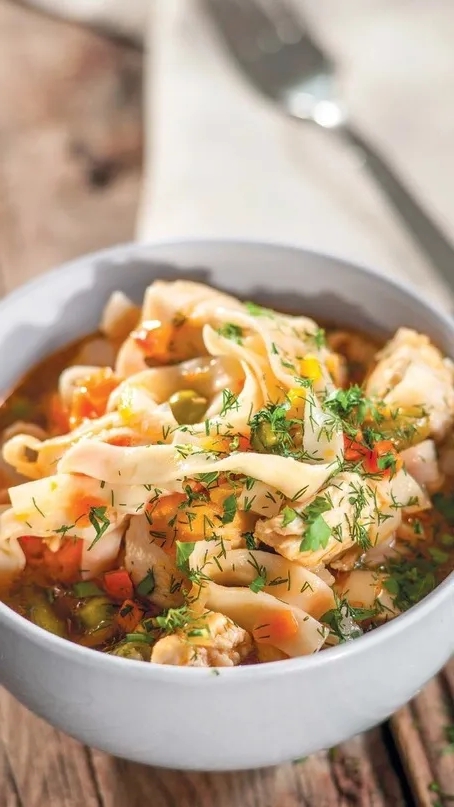
A popular noodle dish made with wide noodles, tender meat slices, vegetables, and flavorful spices. It is a hearty and delicious meal, often served during family gatherings.
Shashlik (Grilled Lamb Skewers)
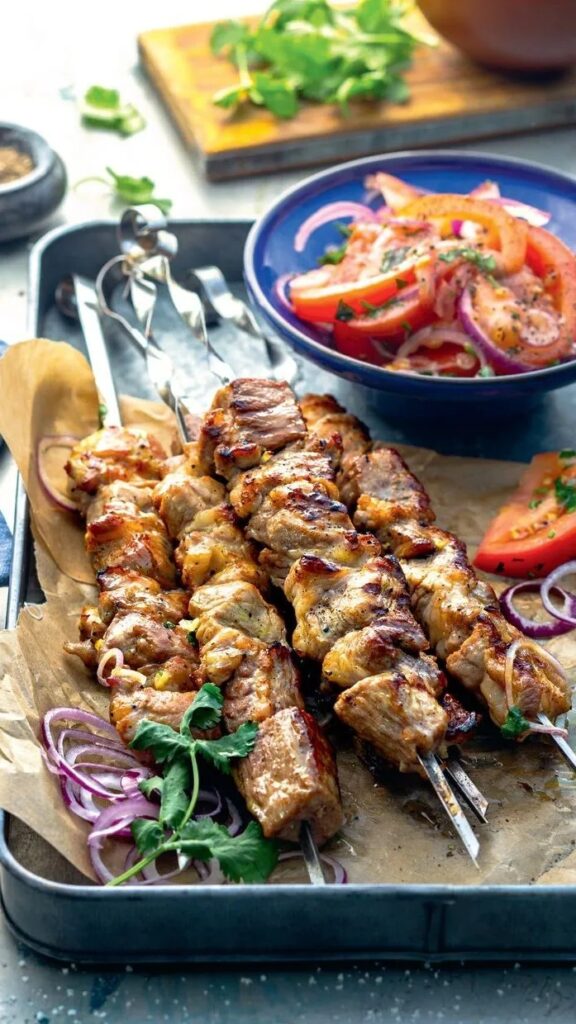
As a major producer of sheep, Turkmenistan is known for its lamb skewers. These juicy and tender kebabs are a common street food, beloved by locals and tourists alike.
Balyk Castig (Lamb Pastry)
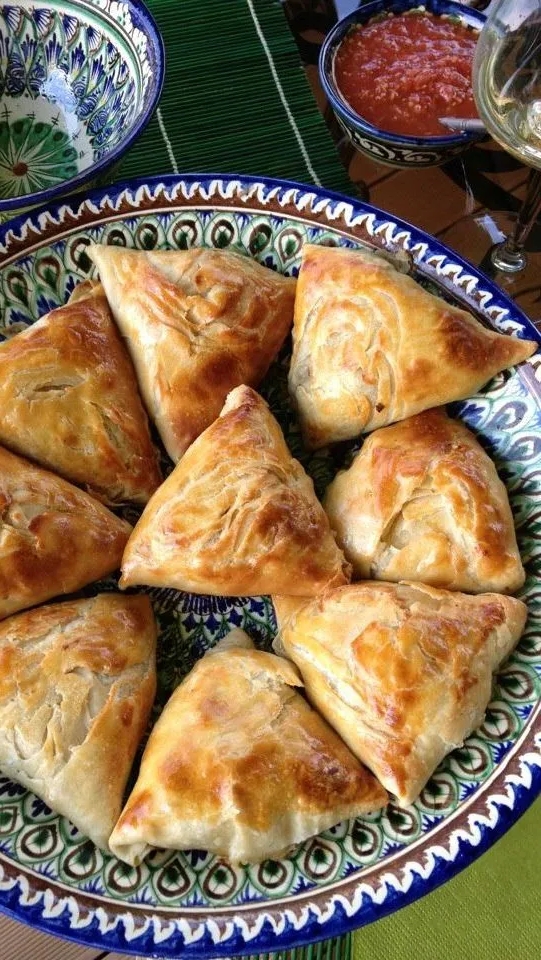
A traditional pie made with lamb and onion filling, wrapped in a crispy pastry. It is a staple dish for special occasions and family celebrations.
Palaw (Pilaf)
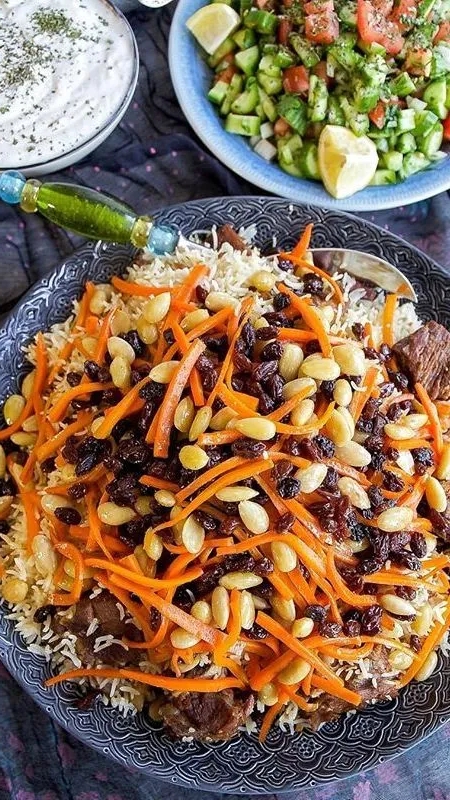
This classic dish, similar to pilaf in neighboring countries, consists of fried lamb, carrots, onions, and rice, with optional additions like dried fruits and garlic. It is a must-have for family meals and celebrations.
Chorek (Fried Bread)
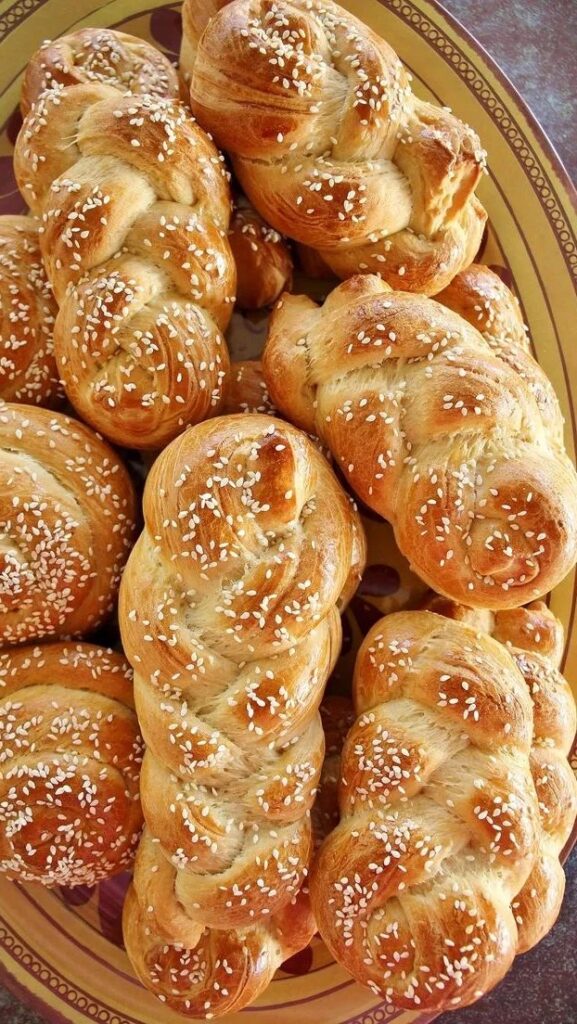
Made from flour, yeast, milk, and spices, this golden fried bread is a popular breakfast or tea-time snack, crispy on the outside and soft on the inside.
Manty
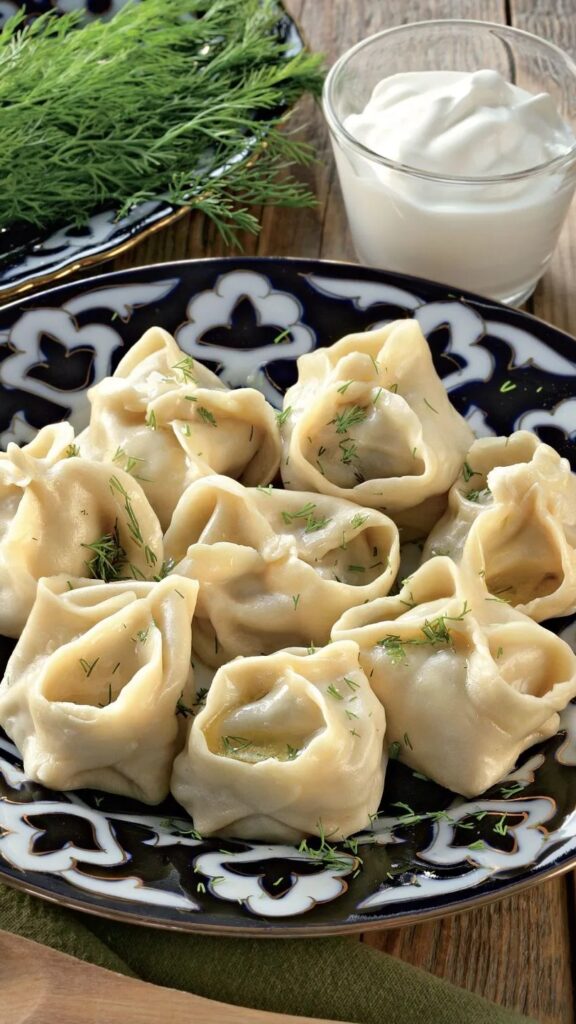
Similar to Chinese dumplings, manty are made of dough filled with lamb, onion, and spices. They are steamed and served with a savory broth, offering a juicy and flavorful taste.
Best Time to Visit
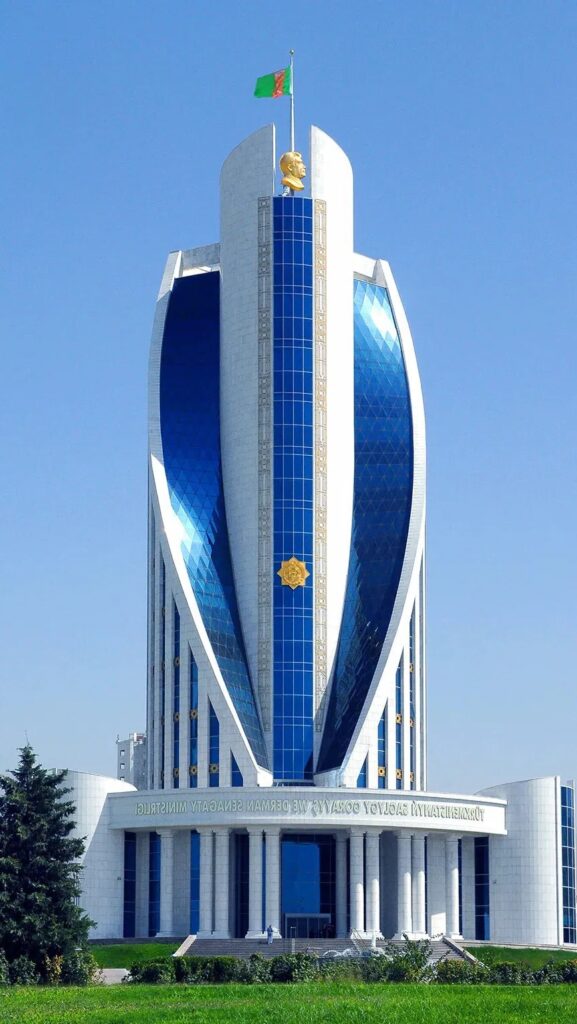
Climate
Eighty percent of Turkmenistan is covered by the Karakum Desert. Except for the Caspian coastline and mountainous regions, the country has a typical continental climate with cold winters and hot summers. Spring and autumn are short, and the weather is dry with little rainfall.
Aveage Temperatures: Northern areas range from 12°C to 17°C (54°F–63°F), while the southeast averages 15°C to 18°C (59°F–64°F).
Seaonal Extremes: January is the coldest month, while July is the hottest, with temperatures exceeding 32°C (90°F).
Rainfall: Annual precipitation varies from 95 mm in arid regions to 398 mm in mountain areas.
Best Travel Season: Autumn
The ideal time to visit is during autumn (September–November), when the weather is mild and perfect for outdoor activities. Visitors can enjoy both natural landscapes and cultural landmarks during this pleasant season.
Seasonal Highlights
Spring (March–May): Warming temperatures with noticeable day-night variations. Spring offers vibrant natural scenery, but travelers should prepare for chilly mornings and sunny afternoons.
Summer (June–August): Extremely hot, especially in desert areas. Visitors should take precautions against heat.
Winter (December–February): Cold temperatures with occasional snowfall in some regions. Travelers can experience Turkmenistan’s winter charm while preparing for cold conditions.





